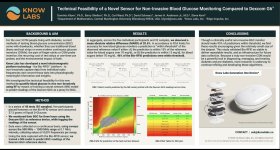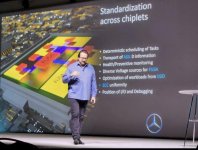rgupta
Regular
Not sure if everyone has seen this demo from SocioNext on this page. Its clear they are very happy with the sensor fusion and low power solutions of Akida for all their senor inteligence going forward. They are a tier 1 auto supplier using Akida as the SOC solution for the digital car of the future.
They do not have a licence agreement but they have noted that they have partnered with BRN. it still confuses me the different entitlements that a license and a partnership gets a customer but this is clearly a relationship that is close to bringing in ongoing revenues.

Automotive Custom SoC Technologies and Solutions
Socionext’s advanced automotive custom SoC solutions are designed to help OEMs and tier-one automakers achieve differentiating technologiessocionextus.com
I assume as partner they have access to our technology and then those partners provide solutions to their customers. The end customer will pay royalties. Partners can manufacture product with our IP but for demonstration purpose only. If they sell the product then they will pay royalties to brn.
Dyor






